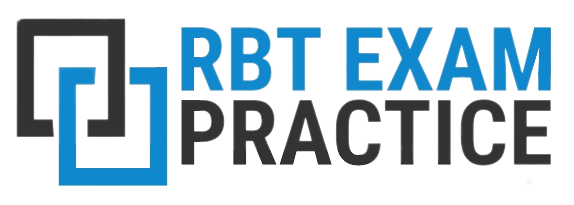The Behavior Analyst Certification Board (BACB) recognizes the Registered Behavior Technician (RBT) as a paraprofessional who brushed the gap between a behavior analyst and a patient. They implement scientific techniques that facilitate behavior change and personal growth.
Since they work on the plans created by Behavior Analysts, the board considers it imperative that RBTs work under the professional supervision of a BCBA or BCaBA. In this area, these professionals need to meet certain requirements. This way, they can assist in an RBT’s practical and challenging day-to-day responsibilities.
Contents
Supervision in RBT Service
According to the Behavior Analyst Certification Board, an RBT professional cannot continue practice without routinely meeting their supervisor for guidance and assessment.
An RBT prepares several documents and reports that they submit to their supervisors. Supervisors make sure that RBTs are educated in the latest psychological techniques and follow required ethical standards. They carefully assess the ABA therapy techniques used by an RBT professional through a patient-first perspective.
The supervisor also prepares well-documented charts and reports on the performance of the RBT. These documents are then used during certification exams!
There are some requirements a BCBA must fulfill in order to become an RBT supervisor:
- Must qualify as a licensed Board Certified Behavior Analyst, Board Certified Assistant Behavior Analyst, or a licensed psychologist trained in Behavioral Science.
- Must have proper education in the field of psychology and ABA.
- Must complete an 8-hour supervision training that makes them competent to guide and assess RBTs.
What Does ABA Therapy Supervision Include?
In the realm of RBT training and ABA therapy, supervision must be extended to cover a number of areas.
- Assessment of Current Competency. This includes written assessments, interviews, grading systems, etc. Technical, theoretical, and ethical job roles are covered.
- First-person observation and interpretation of RBT-client sessions.
- Providing regular feedback on the strengths and weaknesses of an RBT’s professional performance.
- Keeping Track of an RBT Professional’s growth through written records, reports, and questionnaires.
Direct vs. Indirect Supervision
Direct Supervision includes sessions where the supervisor observes the RBT professional in action firsthand. The supervisor provides immediate feedback and may even consider being a part of the communication the RBT is having with their client.
However, a supervisor must cover all areas of RBT job roles, many of which go beyond client sessions. Therefore, indirect supervision is conducted between the RBT and supervisor to review records, RBT performance, existing behavior intervention plans, etc. Indirect supervision also involves discussing challenging cases and past experiences.
Therefore, both direct and indirect supervision are integral to a complete, seamless, and systematic approach.
RBT Supervision: Minimum Hours and Frequency
At least 5% of the total service hours dedicated by an RBT towards their clients in a month must be under supervision.
In one month, supervision must occur at least twice, one of which must be an in-person observation. All supervision sessions are conducted face-to-face. A separate session can be set for feedback and practice with the supervisor, where both of them can engage in discussions, role-playing, and emergency training.
There are no determined maximum supervision hours, but it is recommended that RBT supervisors establish a healthy balance between guidance and self-improvement.
Documentation and Recording
As an RBT supervisor, accurate documentation and recording are crucial. It involves detailing client progress, interventions used, and any observations made during sessions.
Clear and concise notes must be taken to track behavior trends and measure outcomes effectively. This information helps in adjusting intervention strategies, communicating with the treatment team, and ensuring continuity of care.
Timely and thorough documentation is essential for maintaining transparency between the RBT professional and the BCBA supervisor.
Final Words
The supervision requirements for a Registered Behavior Technician (RBT) include direct supervision by a Board Certified Behavior Analyst (BCBA) or a Board Certified Assistant Behavior Analyst (BCaBA).
Supervision involves ongoing monitoring, feedback, and support to ensure the RBT adheres to ethical and professional standards in implementing behavior intervention plans. Under proper guidance, RBTs can fulfill their duties by unleashing their full potential.


